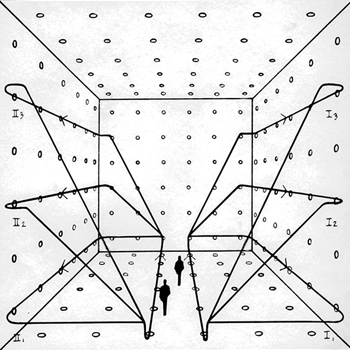Question #2720a
1 Answer
Decay constant:
Explanation:
If the half-life is 3000 years, we can say that the amount of activity follows this rule:
So for
This is the most literal formulation of the idea of a half-life .
The decay constant is slightly more abstract, it requires us to move to using natural logs:
So we have now calculus-friendly exponential decay.
We can then say that:
Or:
So we test this again using our new definition:

